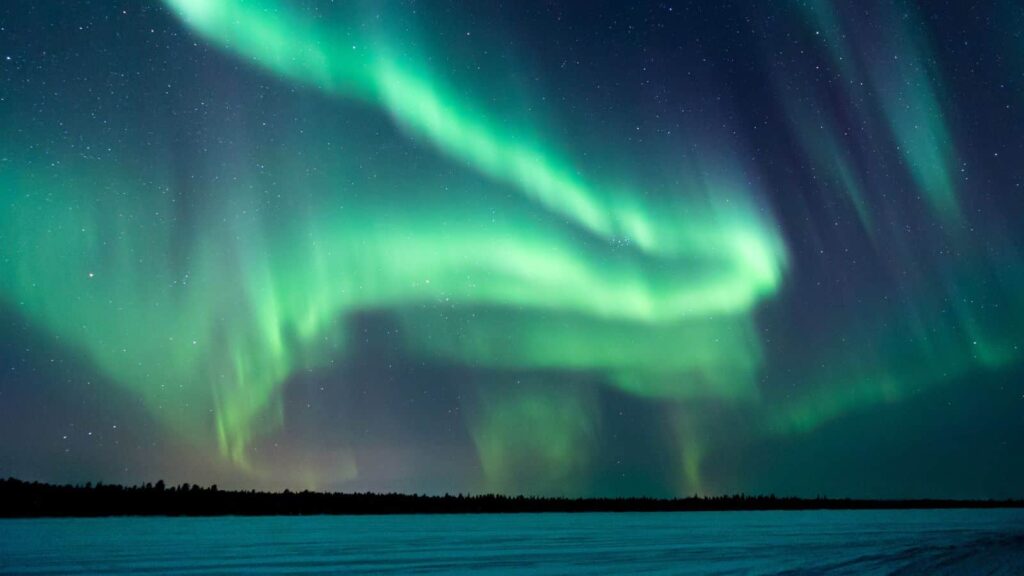The Northern Lights are one of the most spectacular natural phenomena in the world, captivating those who witness the vibrant colors dancing across the night sky. However, catching a glimpse of the aurora borealis requires precise timing and planning.
So, what’s the best month to see this stunning light display?
March Is The Ideal Time for Viewing
While the Northern Lights can technically be seen from September to April in certain parts of the world, March is widely considered the best month to view them.
The reason lies in a combination of factors, from the clarity of the skies to the extended hours of darkness.
March, especially around the spring equinox, offers the perfect balance between long, dark nights and mild weather. This is crucial because the auroras are more visible during periods of extended darkness.
The equinox itself often brings increased solar activity, enhancing your chances of seeing a vibrant light display.
Another factor that makes March a great time for viewing the Northern Lights is that the weather tends to be more stable compared to the harsher winter months. Clear skies are essential for a good view, and while winter can offer darkness, it often comes with overcast skies and snowstorms that obscure the auroras.
The Best Places to See the Northern Lights
The Northern Lights are visible in several locations across the Northern Hemisphere, but certain areas stand out for their frequent and stunning displays.
Norway, particularly the city of Tromsø and the surrounding regions, is a popular destination, offering both clear skies and unique viewing platforms.
Similarly, Finland’s Lapland region is renowned for its vibrant auroras, particularly in February and March.
Iceland also remains a top spot for aurora hunters. Reykjavik is a great starting point, but those looking for clearer skies can venture outside the city to places like Thingvellir National Park.
Other ideal locations include Swedish Lapland and Northern Canada, where the aurora borealis is often visible from places like Yellowknife and Churchill.
Flexibility Is Key
Despite your best planning, nature doesn’t always cooperate. While March gives you the highest likelihood of seeing the lights, it’s essential to be flexible with your plans.
Consider booking multiple nights in a Northern Lights hotspot to maximize your chances. If you don’t see them one night, weather conditions or solar activity might change, giving you a second or third opportunity.







